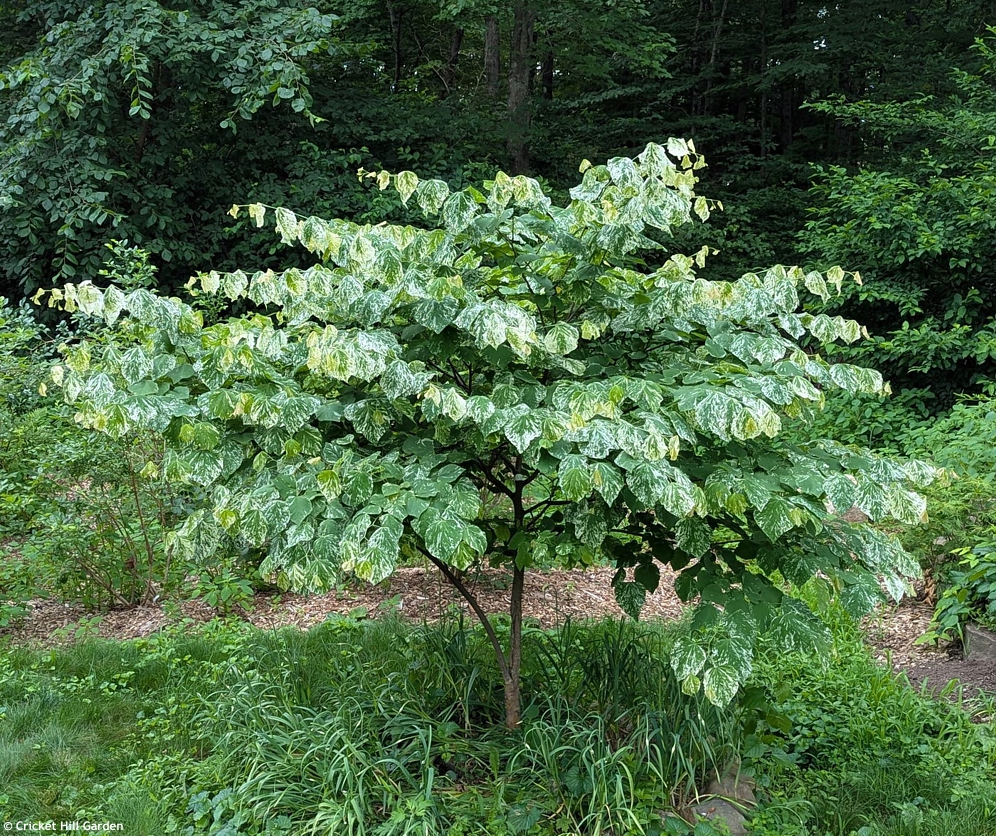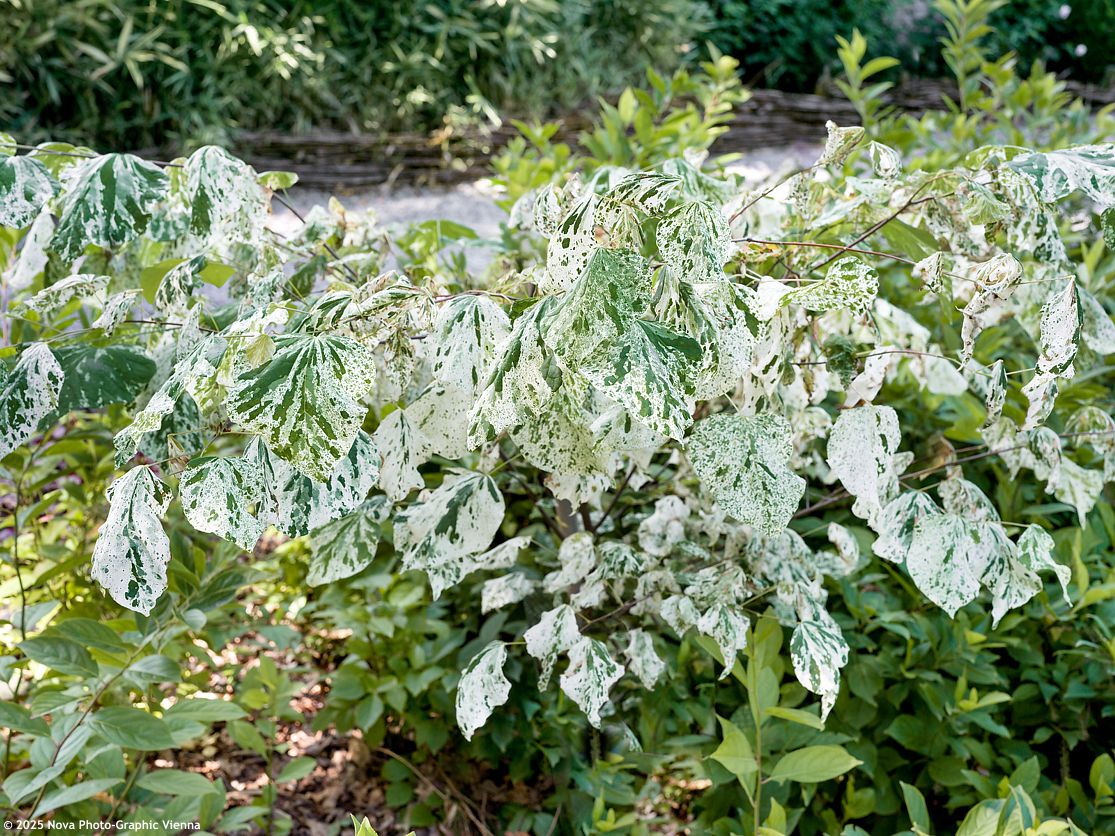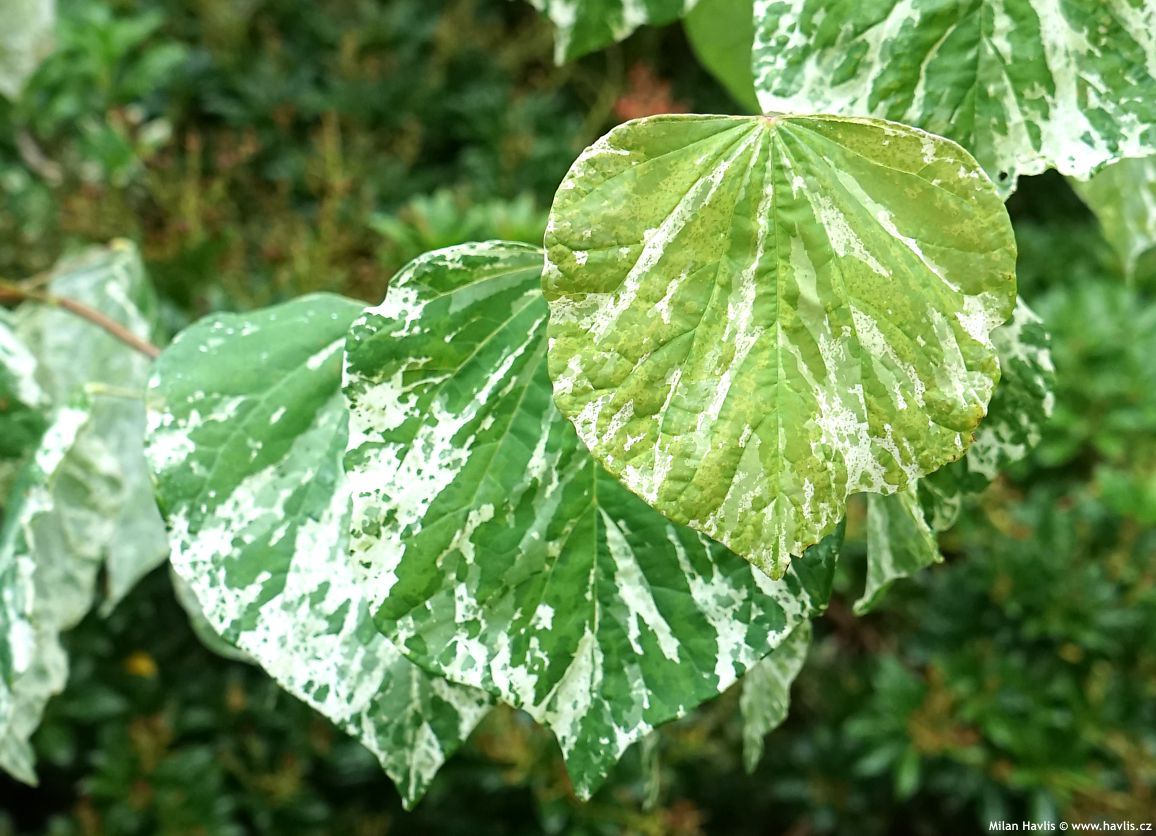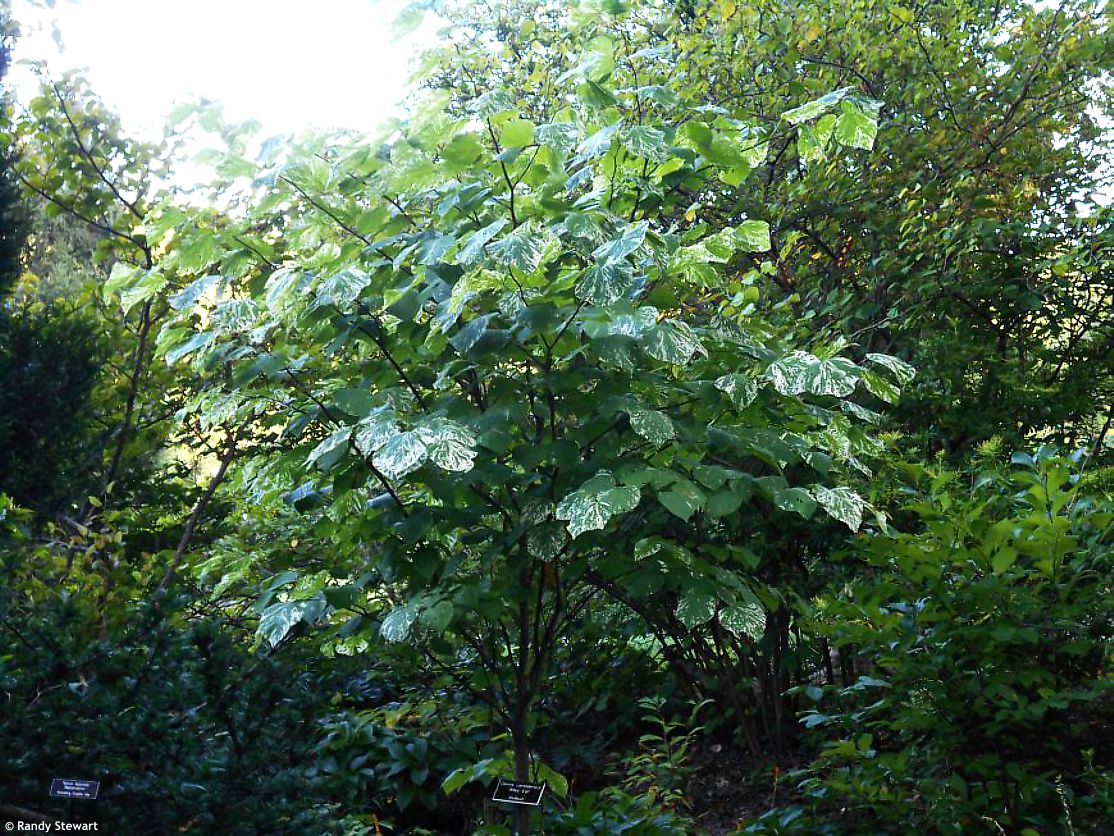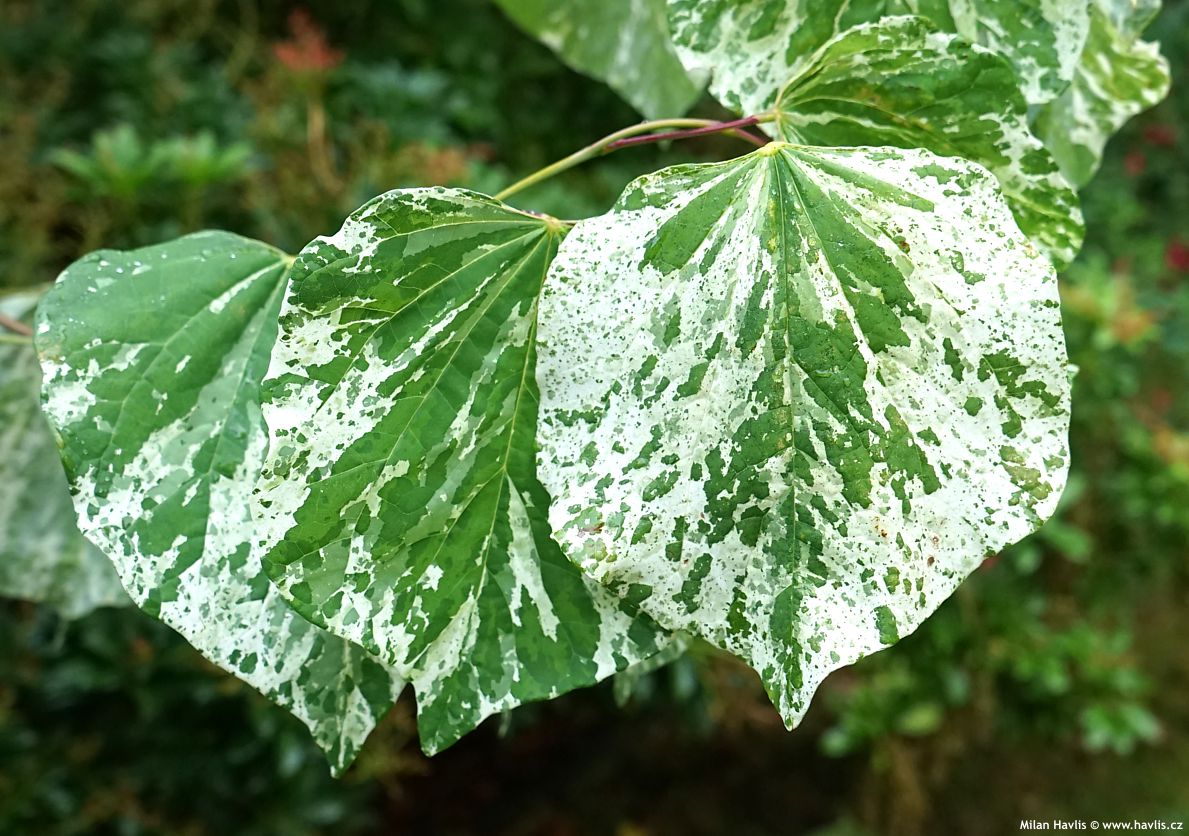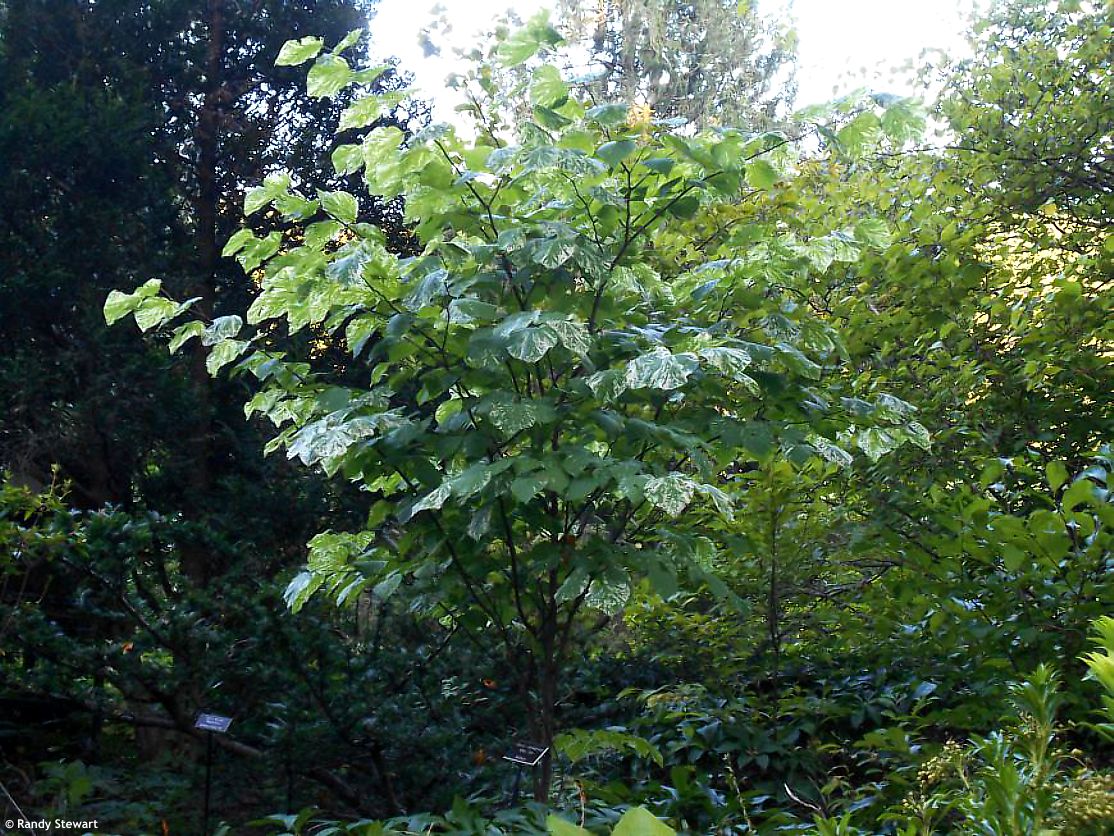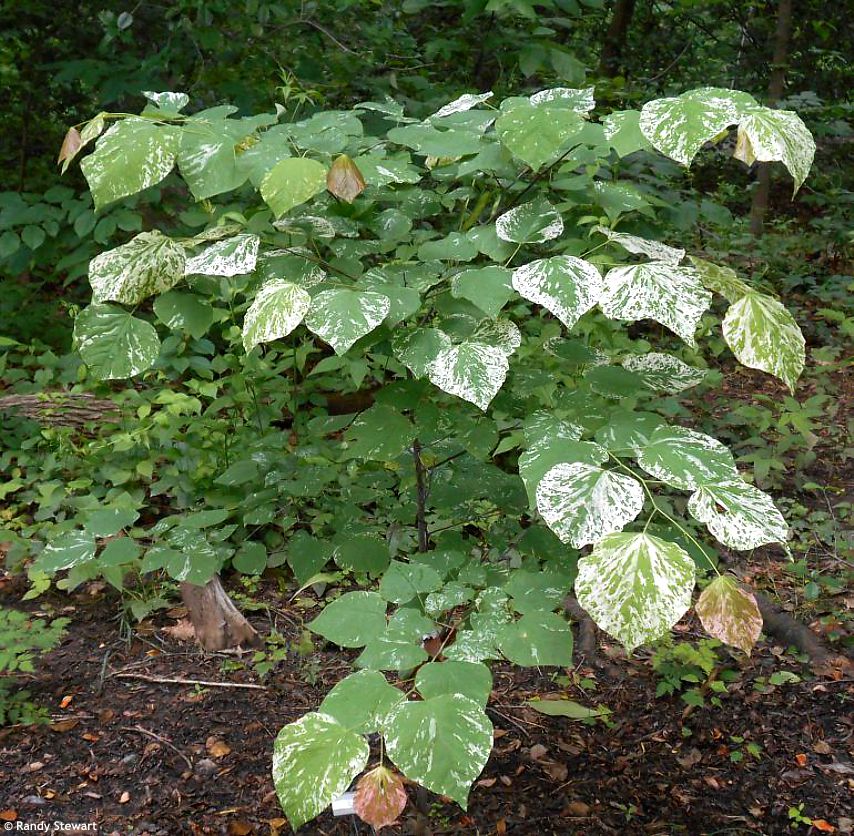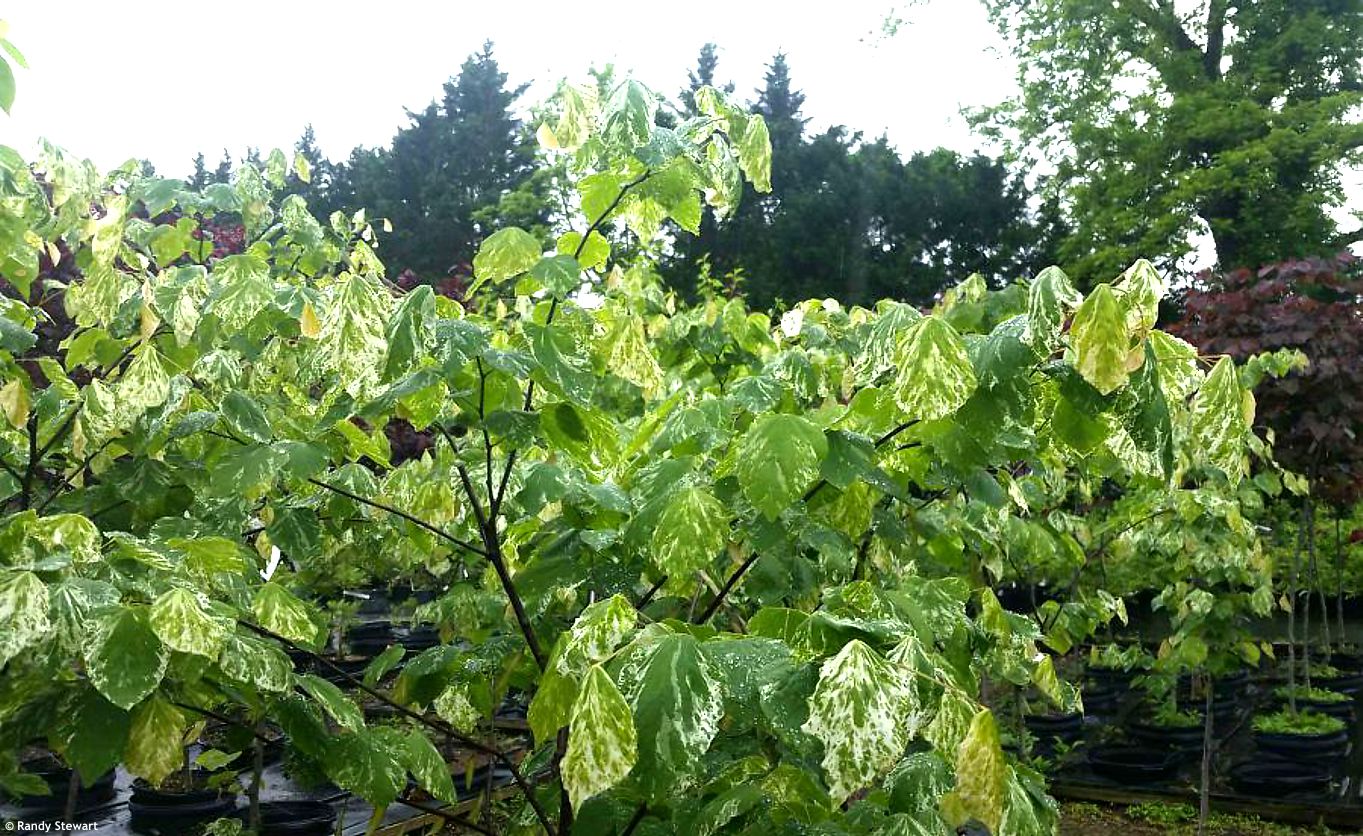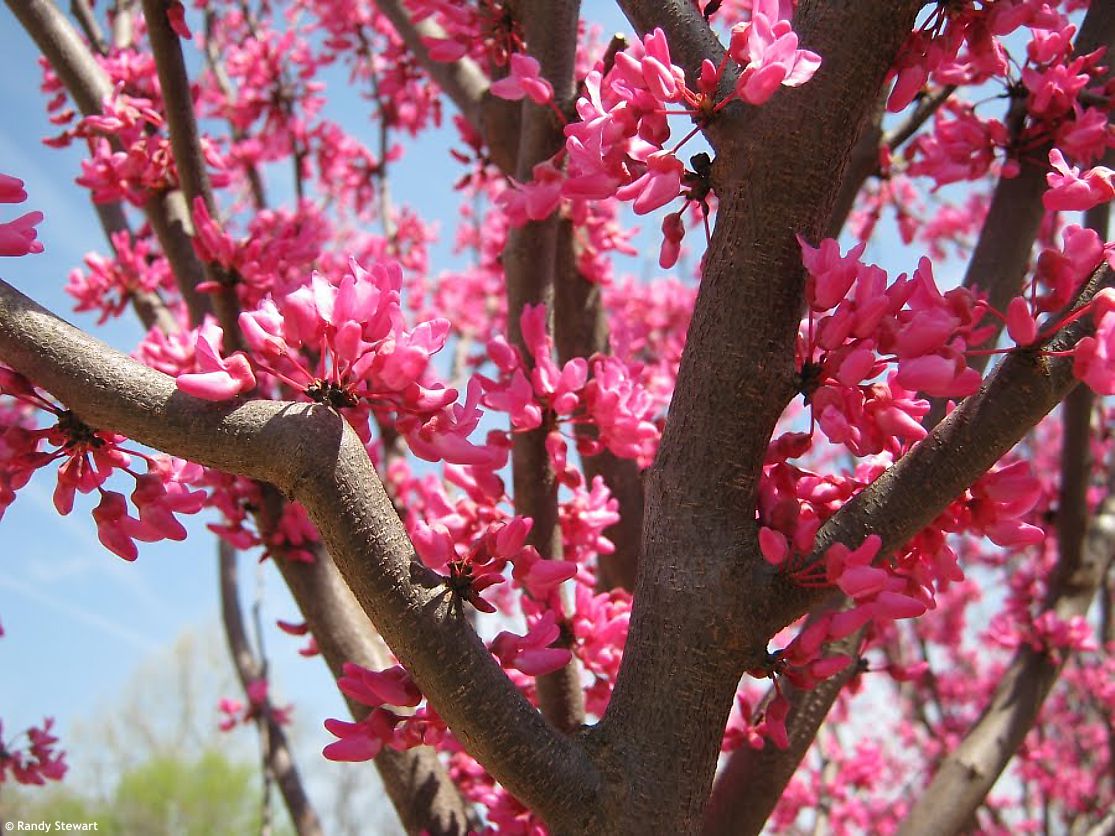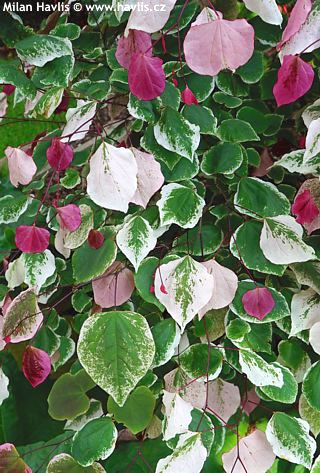Cercis canadensis 'ALLEY CAT' eastern redbud
Cercis
The genus Cercis, commonly known as redbud, includes around ten species of deciduous trees and shrubs native to the temperate regions of the Northern Hemisphere – from North America through Southern Europe to Eastern Asia. All species share several distinctive traits: heart-shaped leaves reminiscent of the iconic symbol of love, and early spring flowering, when small blossoms appear directly on bare wood – on branches and trunks, before the leaves emerge. The flowers have the typical shape of legumes, as redbuds belong to the Fabaceae family. In gardens, the most cultivated species are Cercis canadensis (Eastern redbud), Cercis siliquastrum (Judas tree), and Cercis chinensis (Chinese redbud), each offering a wide range of cultivars with varying growth habits and foliage colours.
Eastern redbud originates from the eastern regions of North America – from southeastern Canada through the Great Lakes area down to Texas and Florida. The first botanical records of this species date back to the 16th century, when it was described by Spanish and French naturalists. In the 18th century, it reached European botanical gardens, quickly gaining popularity thanks to its early flowering and elegant form. Thomas Jefferson planted it in his gardens at Monticello, and George Washington recommended it for shrubbery plantings. In Native American culture, redbud had practical uses – its flowers were edible, and medicinal infusions were made from its bark. Today, it symbolizes spring and hope and has even become the official state tree of Oklahoma.
Alley Cat, a variety of Eastern redbud, is a gem, or perhaps even a work of art. Imagine a vibrant green coat worn by an eccentric painter who paints exclusively in white, while listening to the Toreador Song and Habanera from Carmen, splashing white paint all around in ecstasy, including on his own coat. That’s exactly what the leaves of this redbud look like. They are large (7 to 10 cm across), shaped like wide hearts, and each one is a unique creation. A key trait is the seasonal stability of its variegation, which doesn’t fade – an exceptional feature among variegated redbuds. Its final height varies depending on site and soil quality, typically around 4 meters tall and wide in average soil, but up to 6 meters in rich, fertile conditions. Its branches spread gracefully outward, giving it a slightly nonchalant appearance. In early spring, it blooms with small pink flowers directly on bare wood. The cultivar was discovered in 2016 by American plantsman Allen Bush of Jelitto Plants, as a spontaneous mutation of the species growing in an alley near his home in Louisville, Kentucky.
This ‘Alley Cat’ behaves a bit like a feline aristocrat whose spirit demands space and wants to be seen yet pretends not to care. It looks best against a backdrop of darker conifers or other solid-colored trees and taller shrubs. Ferns, liriope, or astilbes make excellent companion plants beneath its canopy. The variegated leaves are like a spotlight, brightening even darker corners. In modern gardens, it serves as a sculptural element; in naturalistic landscape, it becomes a surprising accent. It’s well suited to urban gardens and front yards, where its compact size doesn’t require vast space but still delivers a strong visual impact.
Eastern redbud is not particularly demanding when it comes to soil, it will thrive in ordinary garden soil as long as it’s well-drained. However, it performs best in slightly to strongly acidic soil with consistent moisture, though not in boggy conditions. During hot spells in June, we’ve observed occasional scorching of the youngest leaves on plants exposed to full sun without adequate watering. Fortunately, it has proven very resilient – damaged leaves were quickly replaced by new, healthy ones. Young plants benefit from protection against harsh spring sun, which can be surprisingly intense, and from drying winter winds, especially in exposed locations. It dislikes transplanting, this is a tree that settles into its spot and doesn’t appreciate being moved. It can be shaped by pruning while young; later, we recommend trimming only thin branches during dormancy, ideally in late winter before bud break. Its cold hardiness is excellent, commonly rated to -29 °C (USDA zone 5), with some sources suggesting it may survive down to -34 °C (zone 4a), though this remains untested. Container growing is not recommended as it needs space for its roots and a stable microclimate that pots cannot provide.
Last update 06-10-2025
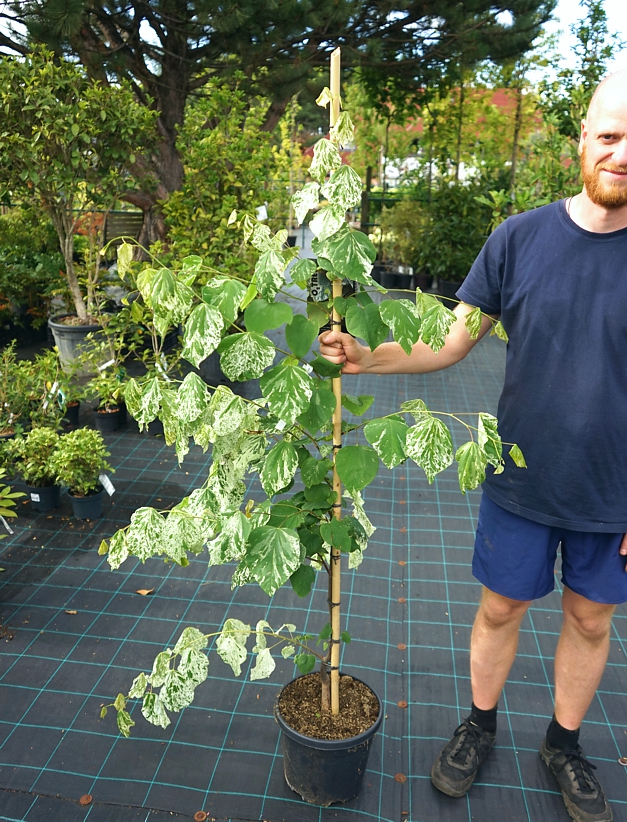
3 720 Kč

3 720 Kč
Goods are shipped all over Europe. For Russia and U.K. and for further details please read about SHIPPING OPTIONS HERE.
Are you interested in a serious discount for orders NOV-FEB? Check your options here.
THE PRICES INCLUDE VAT of 15%. For quick conversion you can use 1 CZK = approx. 0.04 EUR
- STANDARD QUALITY - Plants of this group are 1st class quality with number of branches and overall density adequate to their size and age, considering they were container grown.
- DE LUXE QUALITY - This label guarantees a luxurious quality of manually selected plants that, compared to their height and age, are exceptionally dense and beautiful.
- EXTRA - These plants are usually mature and bigger specimens with exceptional overall appearance.
- STANDARD (as described in the plant form) means a tree with a trunk of 190-210 cm and a crown at the top, unless specified differently. The commercial size for trees is their girth measured in the height of 1m from ground.
- HOBBY - These plants are of the same quality as our standard-quality plants but younger and therefore cheaper.
- SHRUB - a woody plant with branches growing bushy from the ground level.
- HALF-STANDARD or MINI-STANDARD - a small tree with shorter trunk, its size is usually specified.
- FEATHERED - These are trees with branches growing already from the base of the trunk and up along the stem.
- GRASSES and PERENNIALS - Sizes given usually read the diameter of the pot or the clump, as specified.






























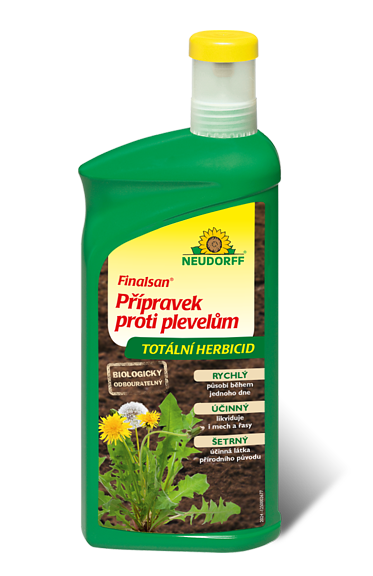


.jpg)
